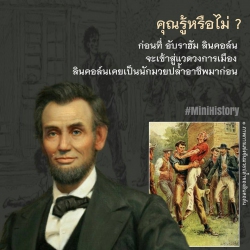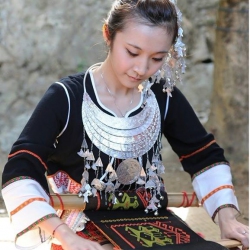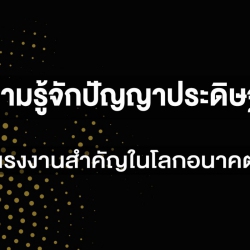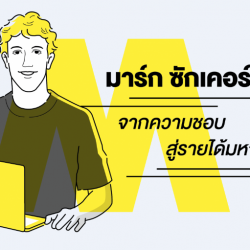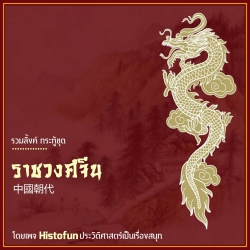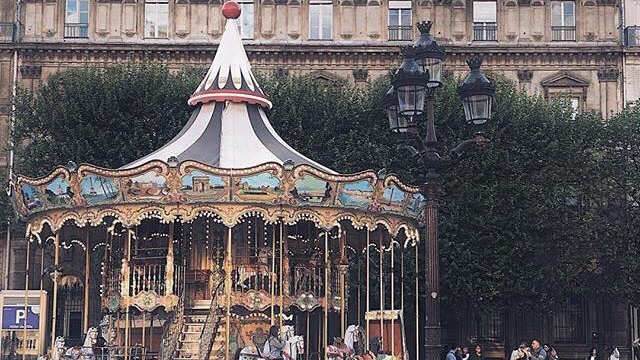
“ม้าหมุน” ชีวิตที่หมุนวนบนเสียงดนตรี
16 Oct 2019 2853[TH]
“ม้าหมุน” ชีวิตที่หมุนวนบนเสียงดนตรี
ไม่ว่าคนเราจะเรียก “ม้าหมุน” ในภาษาอังกฤษแบบอเมริกันที่ขอยืมคำเรียกในภาษาฝรั่งเศสมาแปลงใช้ว่า carousel หรือ roundabout เมื่อเป็นภาษาอังกฤษแบบบริติช เราต่างรู้จักม้าหมุนในรูปแบบเดียวกันคือ สิ่งประดิษฐ์สำหรับนั่งที่มีรูปทรงเหมือนม้าและสัตว์ต่างๆ ซึ่งติดตั้งลงบนแผ่นพื้นทรงกลมและหมุนวนเป็นวงกลมตามเสียงดนตรี
แต่เดิม ม้าหมุนมีมานานหลายศตวรรษ ในอดีตม้าหมุนเคยขับเคลื่อนด้วยแรงลากของคนบ้าง สัตว์บ้างมาก่อน ทั้งยังเคยมีกลไกแบบใช้แรงถีบของเครื่องกลจักรยานอยู่ช่วงหนึ่ง จนเมื่อโธมัส แบรดชอว์ ชาวอังกฤษคิดค้นม้าหมุนพลังงานไอน้ำได้ในปี 1861 เหล่าคนงานและสัตว์ที่ใช้ลากจูงจึงหมดภาระ
ว่ากันว่า เจ้าไอเดียผู้คิดค้นม้าหมุนได้ไอเดียมาจากยุทธวิธีฝึกนักรบและทหารม้าของพวกเตอร์คิชและอราเบียนเพื่อใช้ออกศึกในศตวรรษที่ 12
หากมองด้วยสายตานก วงม้าหมุนของอังกฤษจะหมุนตามเข็มนาฬิกา ในขณะที่ม้าหมุนของอเมริกาเหนือและยุโรปจะหมุนทวนเข็มนาฬิกา และหากมองรายละเอียดด้านความสวยงาม หลายคนยกให้ม้าหมุนในฝั่งยุโรป ค่าที่ความวิจิตรอ่อนช้อยนั้นกินขาดกว่าฝั่งอเมริกา
เสียงดนตรีในท่วงทำนองครึกครื้นรื่นเริงที่หยุดลงและเริ่มเล่นใหม่ เคล้าเสียงหัวเราะและรอยยิ้มของเด็กและผู้ใหญ่ แทรกด้วยเสียงร้องไห้จ้าของเด็กอ่อนเดียงสาบนม้าหมุนแต่ละวง ก็ไม่ต่างจากชีวิตของคนเรา เฉกเช่นเดียวกันกับโลกใบนี้ ที่ไม่ได้มีโธมัส แบรดชอว์เพียงคนเดียว เทคโนโลยีเครื่องเล่นใหม่ๆ ที่คาดไม่ถึงก็ย่อมเกิดขึ้นได้อีก เพื่อให้คนเราได้ตื่นเต้น-พึงพอใจ-รอคอยสิ่งใหม่... หมุนวนเรื่อยไปไม่ต่างจาก “ม้าหมุน”
.........................
[EN]
An exemplifier of human life called “roundabout”
No matter it is called a “carousel” by American English deriving from a French carrousel or “roundabout” in British English, everyone sees it the same way – an invention featuring rows of wooden seats that resemble horses and other animals on a circular floor that circles along looped music.
Roundabout has emerged for centuries. Once it was operated by the pulling weight of people and animals, and was even bicycle-powered for a short period of time. Not until 1861 that an English man Thomas Bradshaw invented a steam-powered roundabout that human and animals were put out of this not-actually-merry task.
Mythically, the story has it that the real mastermind behind roundabout was inspired by a cavalry training of Turkish and Arabian horsemen in the 12th century.
Looking with a bird’s eye view, roundabouts in the UK generally turn clockwise, while in North America and Europe, carousels turn counterclockwise. However, in terms of aesthetics and details, more people opt to praise European carousels rather than the American’s.
Melodic circus music that stops and starts, giggles of kids and adults that mingle, fawning with screams of unworldly toddlers on each roundabout are akin to human life. And, as long as there was not only one Thomas Bradshaw, newer unthinkable playthings are set to come up to keep human entertained-satisfied-expected, endlessly… like how carousel and roundabout are also known as “merry-go-round”.
Text by Fused
Picture credit: p.barbosadasilva on Instagram
Source: smithsonianmag
บทความนี้มาจากเพจ: Fused เรื่องชวนคิดจากสังคมอังกฤษและยุโรป



